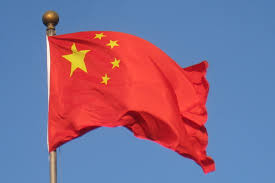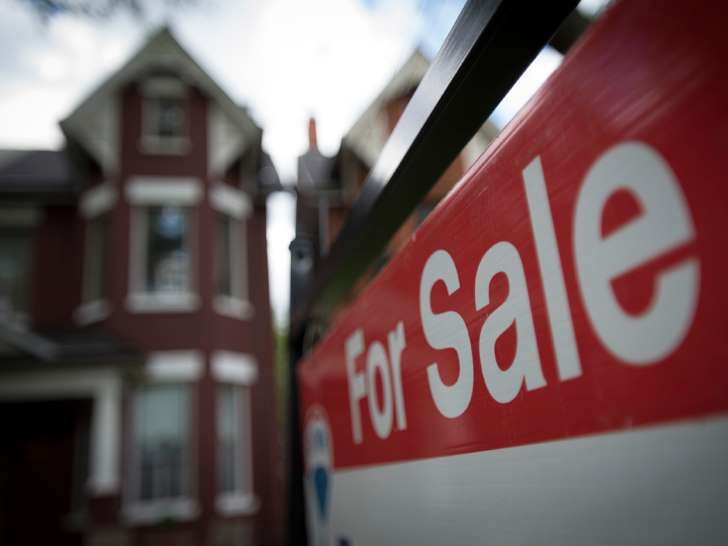
China’s consumer inflation barely edged up in December while companies’ factory-gate prices continued to fall, adding to concerns about growing deflation risks in the world’s second-largest economy.
In line with sluggish activity, China’s consumer inflation quickened slightly to 1.6 per cent year-on-year in December, as expected, compared with 1.5 per cent the previous month.
The producer price index was unchanged at minus 5.9 per cent in December, the National Bureau of Statistics said on Saturday, slightly above forecasts but marking a 46th straight month of declines and highlighting the deeply entrenched pressures facing China’s manufacturers as the economy cools.
“The inflation profile remains soft and the continuous PPI deflation suggests that Chinese companies will have to reduce their debt as further expansion in many industries will only lead to more loss,” wrote Zhou Hao, economist at Commerzbank in Singapore.
An official survey last week showed China’s manufacturing sector contracted for a fifth straight month in December and factories continued to shed jobs, dampening hopes that the economy will enter 2016 on steadier footing.
China Beige Book International (CBB) said in its latest private survey that growth in input prices and sales prices for Chinese firms slipped to record lows in the fourth quarter.
“For the first time, it looked like firms were encountering genuinely harmful deflation,” the private survey said. That opinion was echoed by other economists.
The risk of entrenched deflation is a nightmare for China, which desperately wants to avoid becoming stuck in a trap where falling prices sap economic vitality.
Deflationary cycles encourage consumers to hold off from buying and businesses to hold off from investing indefinitely, on expectations that prices will continue falling.
Such cycles can prove extremely difficult to escape, and Chinese policy makers have kept a worried eye on the example of Japan, where a strong currency, distorted banking sector and muddled monetary policy combined to suppress growth for decades.


 South Asian News E-Paper
South Asian News E-Paper Punjabi News E-Paper
Punjabi News E-Paper

















